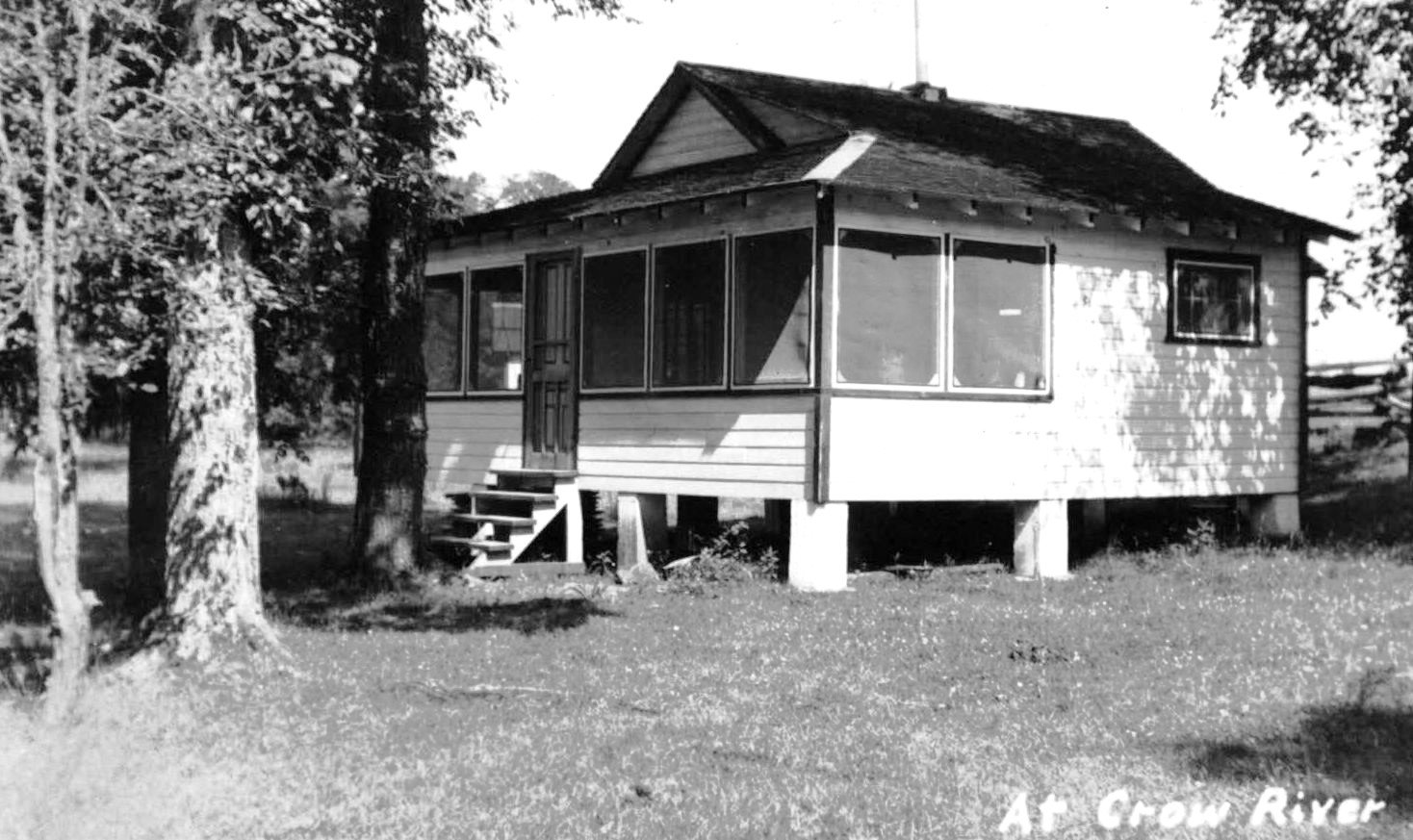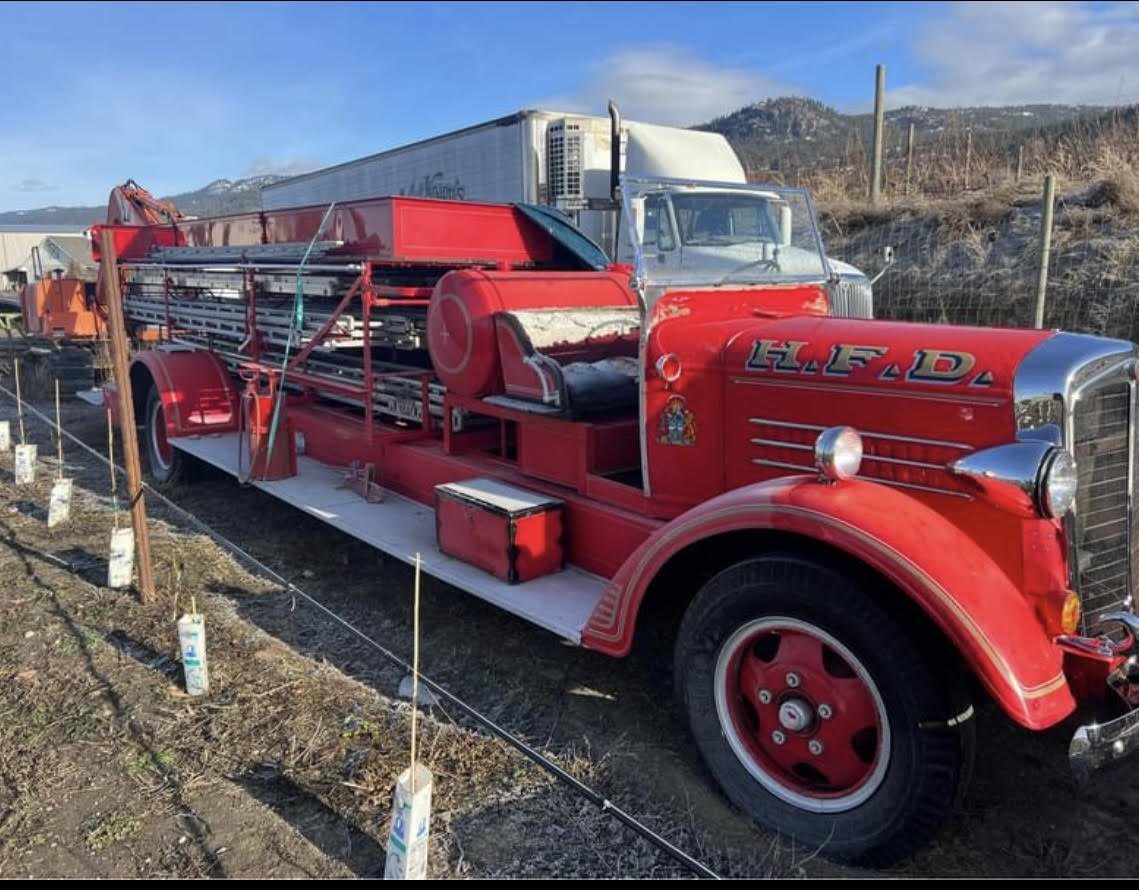And it's all thanks to Cupid......
/This is a love story…..and a very old one too, but it reminds us the work of Cupid does not stop with a Valentine card.
1960 article
George Henry Forestell and Veronica O’Connor Forestell, with their daughter, Dorothy Forestell, who married John Gerald LalLonde
While perusing through old stuff at home, Shawn Hamilton came across old 1960 articles about a Valentine card made and delivered sometime in 1863. Luckily for us, Shawn was able to supply us with a photo of the card, which was made by Dennis (Shannon) Crawford (1848-1909) who gave it to Elizabeth Jackson (1855-1925). They eventually married on January 8, 1877, living at 58 Madoc Street in Marmora.
But Cupid was not finished there.
Dennis and Elizabeth Crawford went on to have three children, Mable, Hugh Ernest and Rose Ann. It was Rose Anne who married Richard O’Connor, and from there, nine little O’Connors were born.
Their daughter, Veronica O’Connor married George Forestell (1883-1962). Their daughter, Dorothy Forestell (see photo at left) and her husband, John Gerald Lalonde, happily saw their daughter, Catherine marry Peter Hamilton ….. and that brings us to their son, Shawn Hamilton, who brought to our attention this 162 year old Valentine card, created by his Gt Gt Gt Grandfather for his Gt Gt Gt Grandmother
So, you see, five generations and lots of babies later, Cupid is still there to confirm:
“A KISS IS STILL A KISS, A SIGH IS JUST A SIGH , . THE FUNDAMENTAL THINGS APPLY, AS TIME GOES BY” . . Herman Hupfield, 1932
































































































